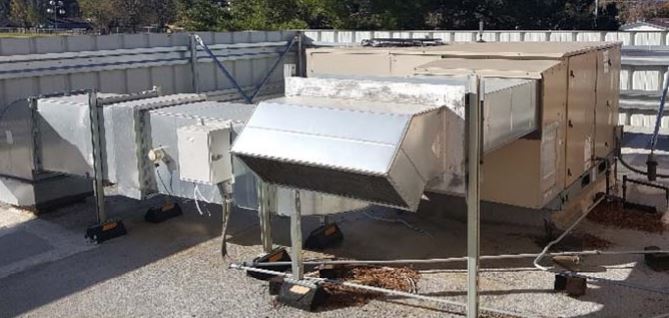Project Info
COMPLETE
 Project Title
Project Title
 Project Title
Project Title
DR Control with Variable Capacity Commercial HVAC System
Project Number DR17.18 Organization SCE End-use HVAC Sector Commercial Project Year(s) 2017 - 2020Description
This project will evaluate and demonstrate new potential for otherwise unrealized demand response capability from new-to-market variable capacity commercial HVAC systems in Southern California. Southern California Edison (SCE) and their customers will benefit from this effort by unlocking a new resource for both utility based demand response and customer directed demand management.
Project Report Document
Loading PDF Preview...
